Introduction
In industrial automation, control systems play a critical role in ensuring efficient, stable, and safe operations. Among these, Distributed Control Systems (DCS) and configuration software are two essential components. While they may seem similar, they serve distinct purposes and complement each other in many industrial environments. This article explores the fundamental differences between DCS and configuration software, their functionalities, applications, and how they work together.
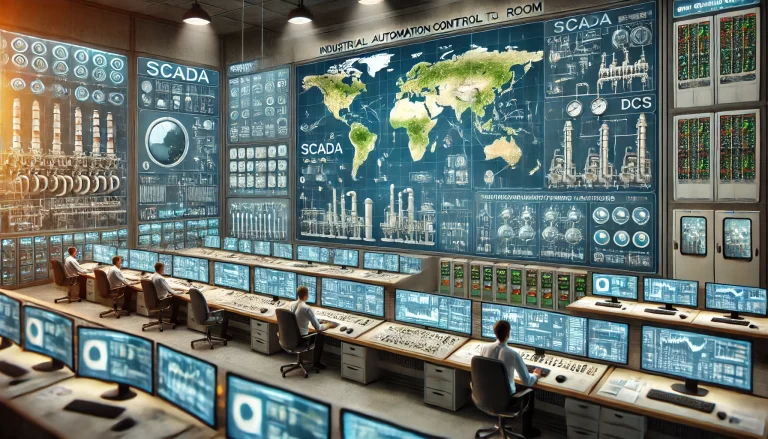
What is a Distributed Control System (DCS)?
A Distributed Control System (DCS) is a comprehensive automation system used to monitor and control industrial processes. It integrates computer technology, control logic, communication networks, and human-machine interfaces (HMI) to ensure smooth operations in large-scale production environments.
Key Features of DCS:
Real-Time Control: A DCS continuously collects data on temperature, pressure, flow rates, and other critical parameters to make precise real-time adjustments.
Data Acquisition and Processing: It gathers, processes, and stores vast amounts of operational data, enabling effective decision-making.
System Monitoring & Alarms: DCS provides continuous monitoring of the production system and issues alarms in case of any abnormalities.
Typical Applications of DCS:
DCS is widely used in industries requiring high levels of automation and real-time control, including:
Oil & Gas: Managing refining processes and pipeline operations.
Chemical and Pharmaceutical Industries: Ensuring safe mixing, reaction control, and batch production.
Power Plants: Controlling turbine operations, boiler systems, and grid stability.
Metallurgy and Manufacturing: Supervising smelting, rolling, and material processing.
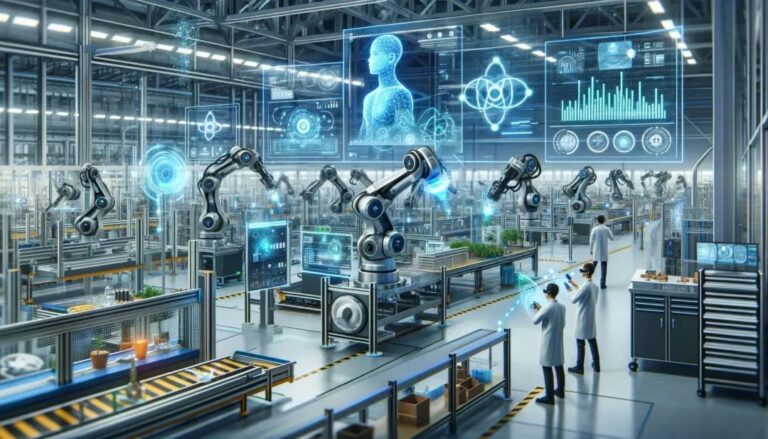
What is Configuration Software?
Configuration software is a flexible tool used for designing and implementing automation control systems. It provides a graphical interface that enables engineers to configure and visualize automation processes without extensive programming knowledge.
Key Features of Configuration Software:
Intuitive Drag-and-Drop Interface: Users can configure systems using prebuilt graphical components, reducing the need for coding.
Customizable Human-Machine Interface (HMI): It enables the creation of tailored operator dashboards and control panels.
Data Interaction & Communication: Configuration software can integrate various devices and systems, ensuring seamless data exchange.
Typical Applications of Configuration Software:
Configuration software is used in various fields, such as:
Industrial Automation: Integrating with DCS, PLC (Programmable Logic Controllers), and SCADA (Supervisory Control and Data Acquisition) systems.
Smart Buildings: Monitoring HVAC, lighting, and security systems.
Municipal Water Treatment Plants: Supervising water purification and distribution networks.
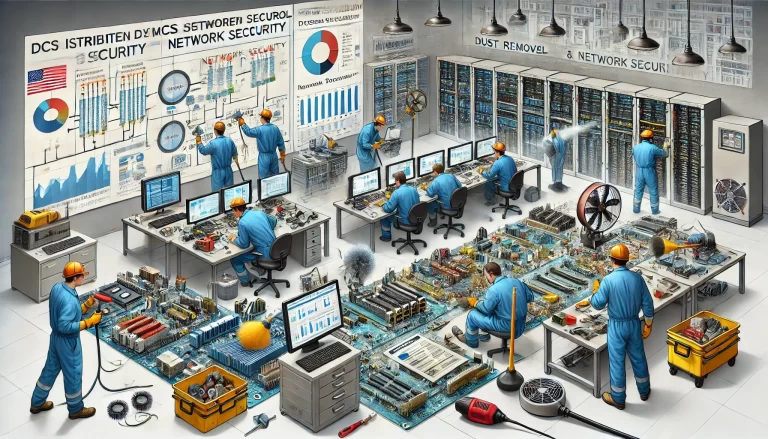
Comparing DCS and Configuration Software
| Feature | Distributed Control System (DCS) | Configuration Software |
|---|---|---|
| Functionality | Comprehensive real-time process control | Graphical configuration of automation systems |
| User Base | Engineers and operators managing large-scale processes | Engineers configuring automation solutions |
| Complexity | Requires specialized expertise and planning | User-friendly, with a focus on ease of use |
| Flexibility | Optimized for specific industry applications | Adaptable to multiple automation scenarios |
| Application Scope | Large-scale industrial automation (e.g., oil, gas, power plants) | Smaller systems (e.g., smart buildings, municipal utilities) |
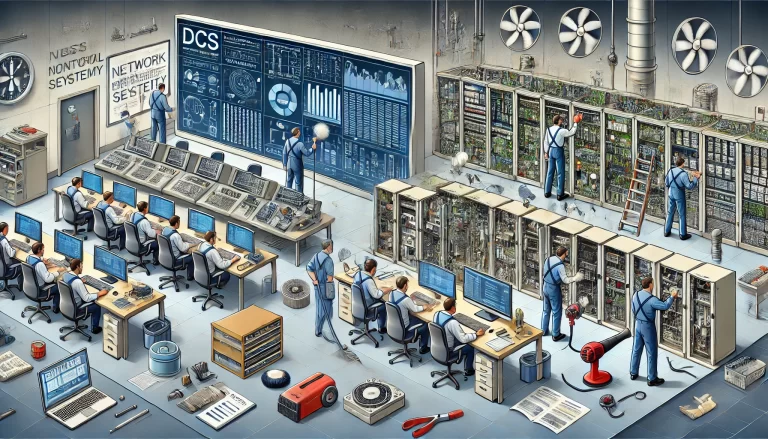
How DCS and Configuration Software Work Together
A DCS relies on configuration software for customization and operation optimization. Without configuration software, a DCS would be a static system, unable to adapt to specific process requirements. Configuration software allows engineers to:
Define control strategies (e.g., PID loops, sequential control algorithms).
Design intuitive HMI dashboards for operators to monitor and interact with the system.
Configure data acquisition and reporting tools for process analysis.
Without a DCS, configuration software lacks a physical infrastructure to execute automated control strategies. This symbiotic relationship ensures a seamless industrial automation system.
Real-World Examples
Case Study 1: DCS in a Petrochemical Plant
A large petrochemical company implements a DCS to control its refinery operations. The system monitors thousands of sensors, adjusting valves and compressors in real time to maintain optimal efficiency and safety. The configuration software enables engineers to create customized control screens, set alarm thresholds, and generate reports for regulatory compliance.
Case Study 2: Configuration Software in a Smart Building
An office building installs a configuration software-based automation system to manage HVAC and lighting. Engineers use graphical tools to set up automated temperature control based on occupancy and outside weather conditions. While a full DCS is unnecessary, the software ensures energy efficiency and comfortable working conditions.
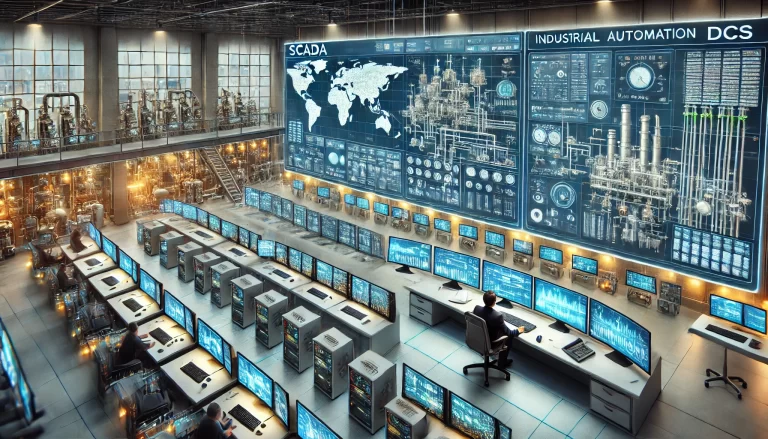
Future Trends in DCS and Configuration Software
Integration with Cloud Computing and AI:
DCS systems are increasingly incorporating cloud-based data analytics and AI-driven predictive maintenance to optimize performance.
Web-Based Configuration Tools:
Traditional standalone configuration software is shifting towards web-based platforms, enabling remote access and real-time monitoring.
Low-Code & No-Code Automation:
The rise of low-code platforms allows non-programmers to configure automation solutions with minimal technical knowledge.
Cybersecurity Enhancements:
As industrial automation becomes more interconnected, stronger cybersecurity measures are being integrated into both DCS and configuration software.
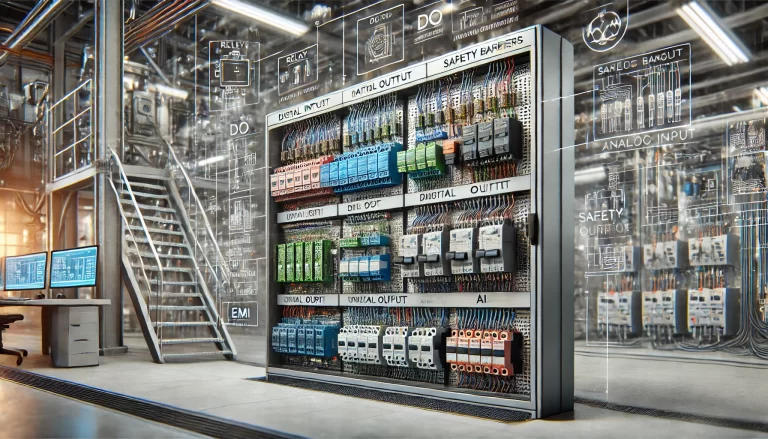
Conclusion
While DCS and configuration software serve different purposes, they are complementary technologies in industrial automation. DCS provides real-time, large-scale control, while configuration software offers flexibility and ease of customization. Understanding their differences and applications allows industries to make informed decisions about implementing the best automation solutions for their needs. As new technologies emerge, the synergy between these two systems will continue to evolve, driving efficiency and innovation in industrial automation.
By leveraging both DCS and configuration software effectively, businesses can achieve improved productivity, reliability, and adaptability in their automation processes.
